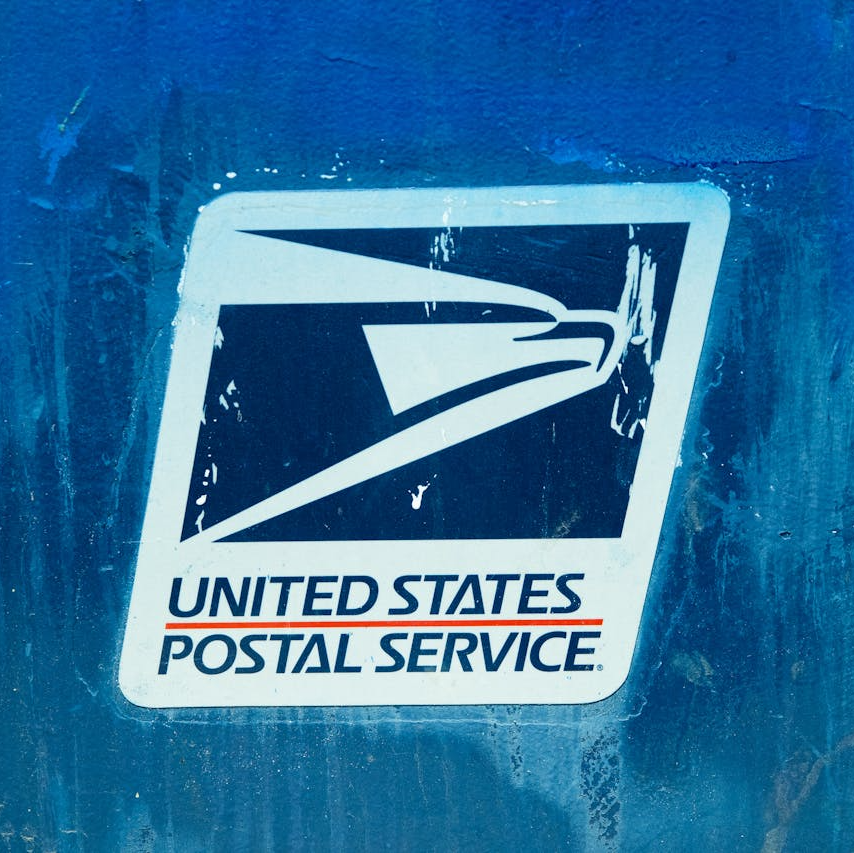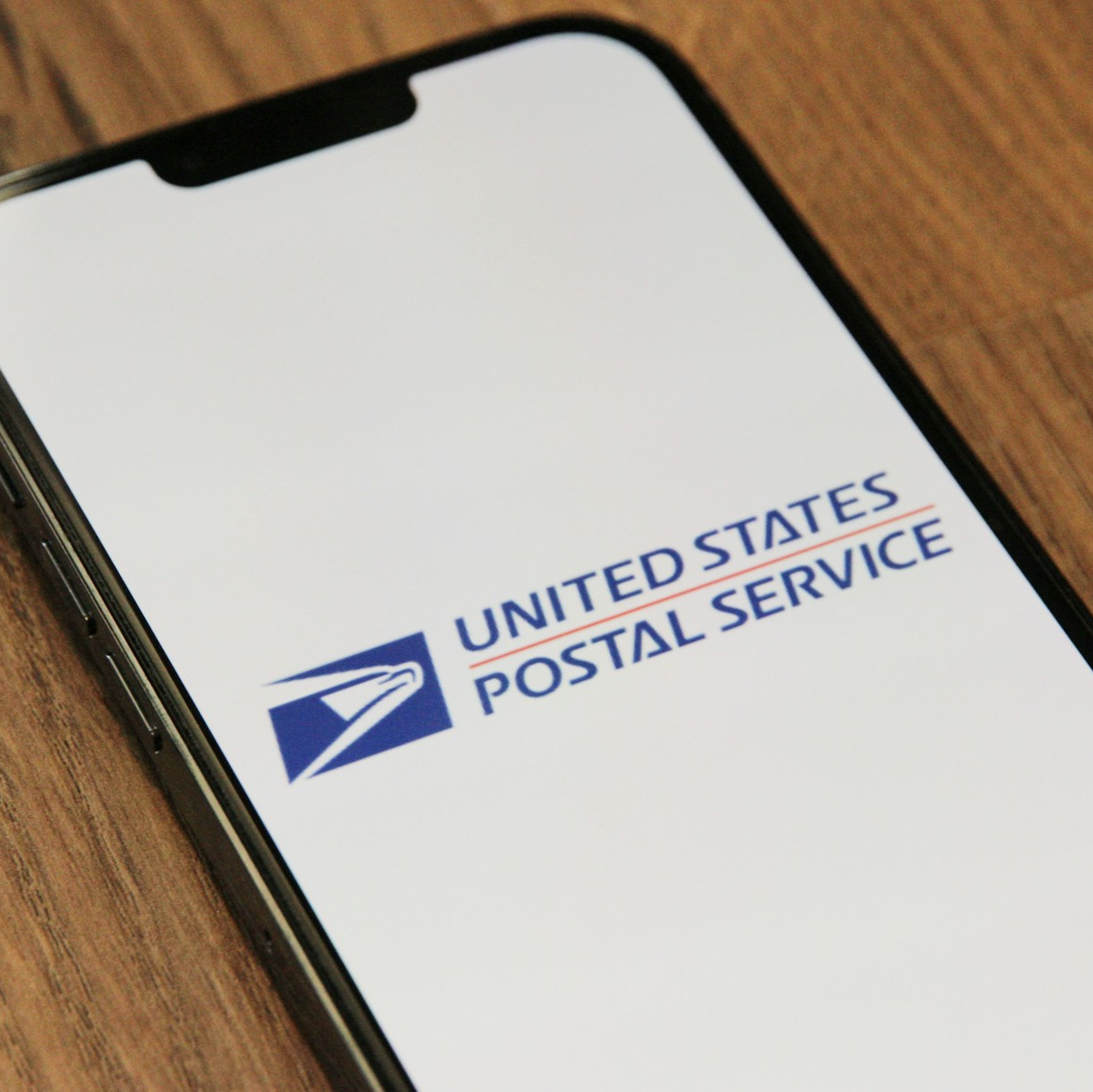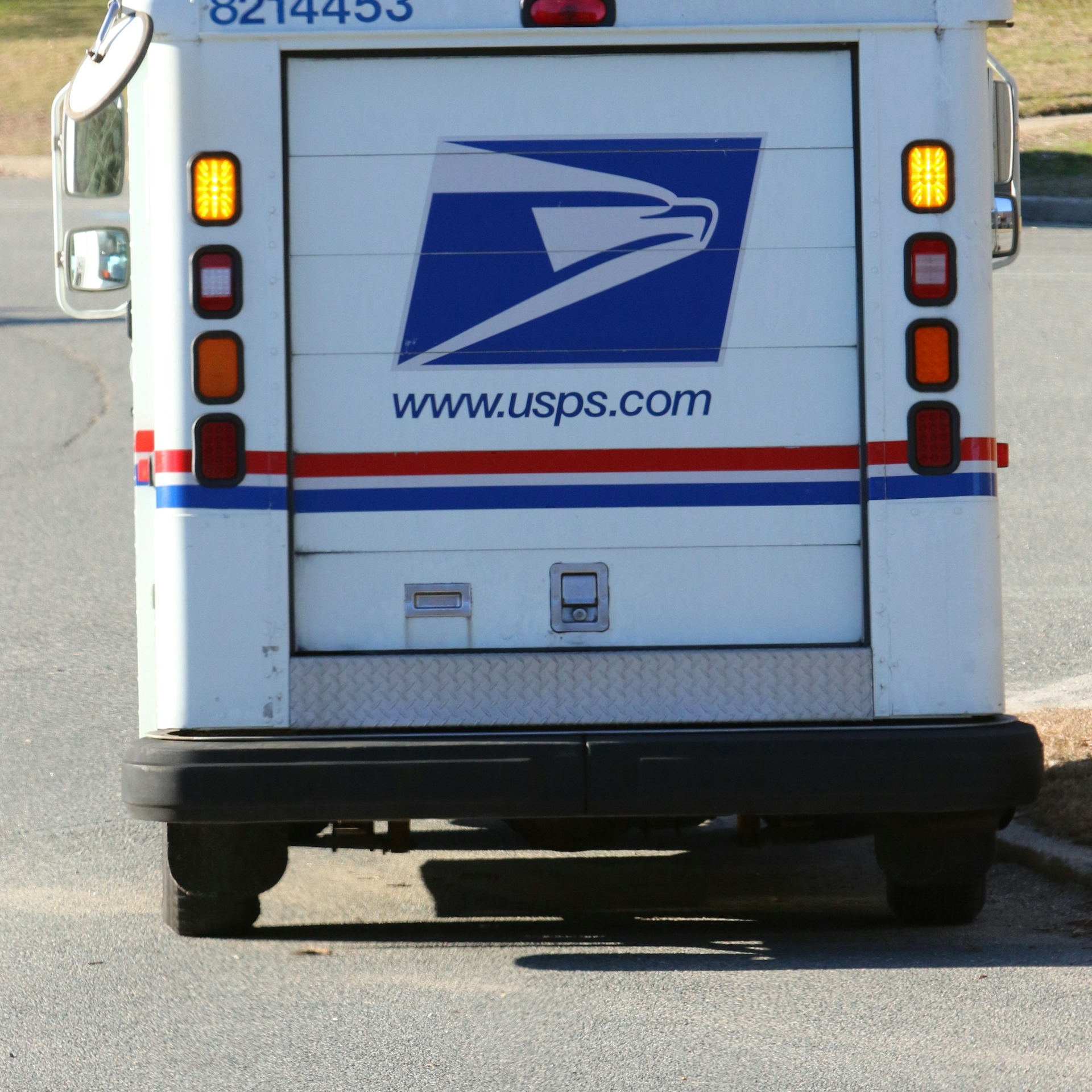Key Takeaways:
- USPS employees approaching retirement have multiple healthcare options, including the FEHB Program, the new PSHB Program, Medicare, and supplemental insurance, ensuring comprehensive coverage tailored to their needs.
- Effectively coordinating these benefits can help retirees optimize their health coverage, minimize out-of-pocket costs, and ensure a smooth transition into retirement.
Retiring with A Plan: Healthcare Options for USPS Employees
Navigating healthcare options as you approach retirement is crucial for ensuring a smooth transition and maintaining comprehensive coverage. USPS employees have several options, including the Federal Employees Health Benefits (FEHB) Program, the new Postal Service Health Benefits (PSHB) Program, Medicare, and supplemental insurance. This guide provides a detailed overview of these options and strategies to maximize your benefits.
Understanding Your Health Benefits as a USPS Employee
As a USPS employee, you have access to the Federal Employees Health Benefits (FEHB) Program, which provides a wide range of health insurance plans designed to meet diverse needs.
- FEHB Program: The FEHB Program offers a variety of plan types, including Fee-for-Service (FFS) plans, Health Maintenance Organizations (HMOs), and High Deductible Health Plans (HDHPs). These plans cover essential health services such as hospital stays, doctor visits, preventive care, and prescription drugs.
- Cost Sharing: FEHB plans typically involve premiums, deductibles, copayments, and coinsurance. USPS contributes a significant portion of the premium, making these plans cost-effective for employees.
In 2025, the FEHB Program coverage for USPS employees and retirees will be replaced by the Postal Service Health Benefits (PSHB) Program, introduced under the Postal Service Reform Act of 2022.
Medicare and FEHB: Coordinating Coverage for Retirees
Medicare is a crucial component of healthcare for USPS retirees, particularly as they reach the age of 65. Understanding how Medicare integrates with FEHB is essential for optimizing coverage.
- Medicare Parts A and B: Medicare Part A covers hospital insurance, while Part B covers medical insurance, including doctor visits and outpatient care. Enrollment in both parts is crucial for comprehensive coverage.
- Coordination of Benefits: FEHB plans coordinate with Medicare to cover costs that Medicare does not fully pay for, such as copayments and coinsurance. For instance, when Medicare is primary, FEHB acts as secondary insurance, picking up some of the costs that Medicare doesn’t cover.
- Special Enrollment Periods (SEPs): USPS retirees have access to special enrollment periods to sign up for Medicare Part B without incurring late penalties, especially under specific conditions laid out by the Postal Service Reform Act.
Exploring the New Postal Service Health Benefits (PSHB) Program
Starting in 2025, the PSHB Program will provide health insurance to USPS employees, annuitants, and their eligible family members, replacing the FEHB Program for these groups.
- Program Features: The PSHB Program is designed to offer robust health benefits similar to those available under FEHB but tailored specifically for USPS members. The program includes comprehensive coverage for hospital and medical services, preventive care, and prescription drugs.
- Medicare Requirement: One key difference is the requirement for Medicare-eligible annuitants and their family members to enroll in Medicare Part B to be eligible for PSHB. This ensures that retirees receive coordinated benefits and reduces out-of-pocket costs.
- Prescription Drug Coverage: PSHB plans will include prescription drug benefits through Medicare Part D Employer Group Waiver Plans (EGWPs), ensuring comprehensive medication coverage for retirees.
Choosing the Right Medicare Plan for Your Needs
Selecting the right Medicare plan is essential for meeting your healthcare needs effectively.
- Medicare Advantage Plans (Part C): These plans are offered by private insurers and provide all Part A and B benefits, often including additional services such as dental, vision, and hearing care. They may have lower out-of-pocket costs but require using network providers.
- Medicare Part D: This covers prescription drugs and is offered through private plans. Each plan has a formulary, and costs can vary based on premiums, deductibles, and copayments.
- Medigap Plans: Supplemental insurance plans, known as Medigap, help cover out-of-pocket costs not covered by Original Medicare, such as copayments, coinsurance, and deductibles.
Supplemental Insurance: Filling the Gaps in Coverage
While Medicare provides broad coverage, there are still gaps that can be filled with supplemental insurance.
- Medigap Plans: These plans are standardized and sold by private companies to help cover costs that Original Medicare does not, such as copayments, coinsurance, and deductibles. Medigap plans can provide peace of mind by capping out-of-pocket expenses.
- FEHB Coordination: Many retirees find that their FEHB (soon PSHB) plan provides sufficient coverage even with Medicare. However, for those requiring additional protection, supplemental insurance can be a valuable addition.
Strategies for Maximizing Your Health Benefits in Retirement
To make the most of your health benefits as a USPS retiree, consider the following strategies:
- Annual Plan Review: Regularly review your health insurance plans during the annual open season for FEHB (PSHB) and Medicare open enrollment periods. This ensures that your coverage continues to meet your healthcare needs and budget.
- Preventive Care Utilization: Take advantage of preventive services covered by Medicare and PSHB, such as annual wellness visits, screenings, and vaccinations. Preventive care helps detect and address health issues early, improving outcomes and reducing costs.
- Network Utilization: Use in-network providers to minimize out-of-pocket expenses. Verify that your preferred doctors and hospitals are included in your plan’s network.
- Cost Management: Understand your plan’s cost-sharing mechanisms, including premiums, deductibles, copayments, and coinsurance. Budgeting for these expenses can prevent financial strain.
- Health Savings Accounts (HSAs): If you have a high-deductible health plan (HDHP), consider contributing to an HSA. These accounts offer tax advantages and can be used to pay for qualified medical expenses.
By staying proactive and informed, USPS retirees can optimize their health benefits and ensure comprehensive coverage throughout retirement.
Comprehensive Health Coverage Insights
Navigating the transition to retirement as a USPS employee involves making informed decisions about your healthcare coverage. Understanding Medicare eligibility, the components of Medicare, and how the new PSHB Program integrates with Medicare is essential. By evaluating your options for Medicare Advantage and prescription drug coverage, and by adopting strategies to maximize your health benefits, you can ensure a smooth transition and secure comprehensive healthcare coverage in retirement.
Contact Information:
Email: [email protected]
Phone: 2675558901










